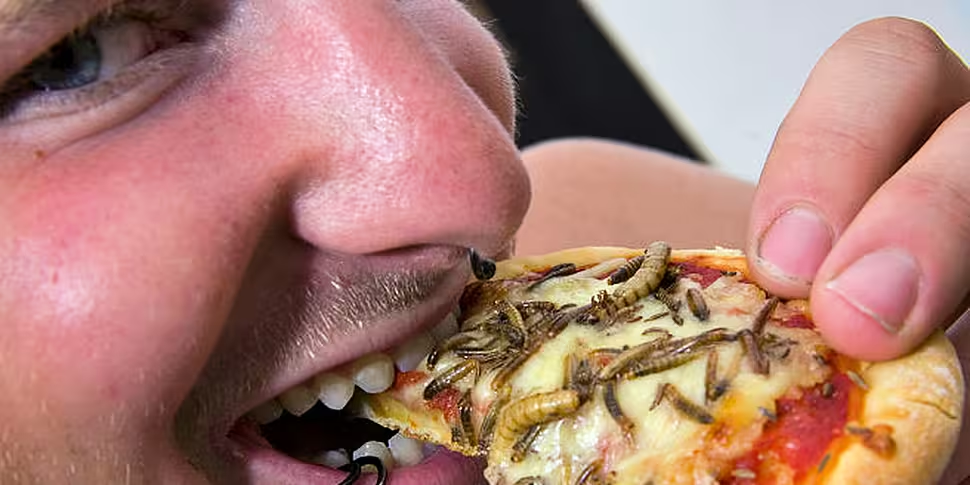The UN's Food and Agricultural organization has called for more people to eat insects in order to fight world hunger.
A report noted that over 2 billion people worldwide already consume creepy-crawlies as part of their diet.
However the report does note that it will be difficult for entomophagy (the fancy name for eating insects) to catch on in the Western world where the practice is unsurprisingly viewed with disgust.
The report claims that insects are highly nutritious sources of proteins, fat and minerals and would be suitable for undernourished infants.
The authors go on to call for restaurants to provide insect dishes on their menus.
They may be waiting quite some time for Gordon Ramsey, Jamie Oliver and co to start making grasshopper pizza or dung beetle lasagne.
But which insects are the most nutritious?

In the West African state of Mali, grasshoppers are hunted and eaten as a delicacy by children. Apparently, if you know what you are doing, it is best to catch a grasshoppers early in the morning when it is too cold for them to fly.
And is catching one worth the effort?
They are high in calcium with 35.9mg of calcium per 100 gram grasshopper. Human milk contains 33mg per 100 grams.

Many people would probably prefer to try to eat a Caterpillar brand excavator rather than an actual caterpillar. But the insect version is said to be very rich in iron.
100mg of caterpillar gives you 35.5mgs of iron, which is more than a traditional source of iron like liver.

The clue is in the name. The humble dung beetle spends most of its short - and presumably fulfilling - life feeding on fecal matter.
Yet even despite that drawback, it often finds itself cited as a source of nutrition as it is rich in iron, calcium and protein.
However getting to one will be an issue for most people as the report eloquently explains that dung beetles can be found under a mound of dung.









